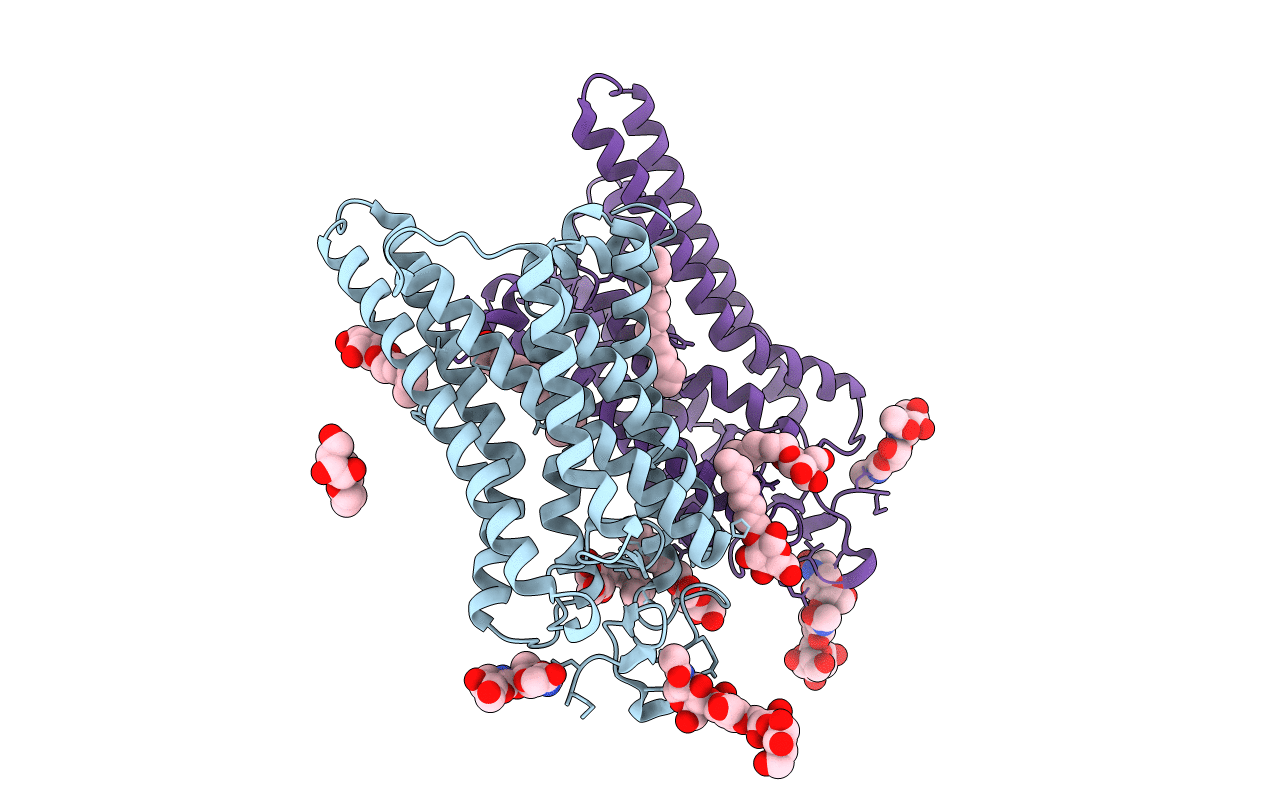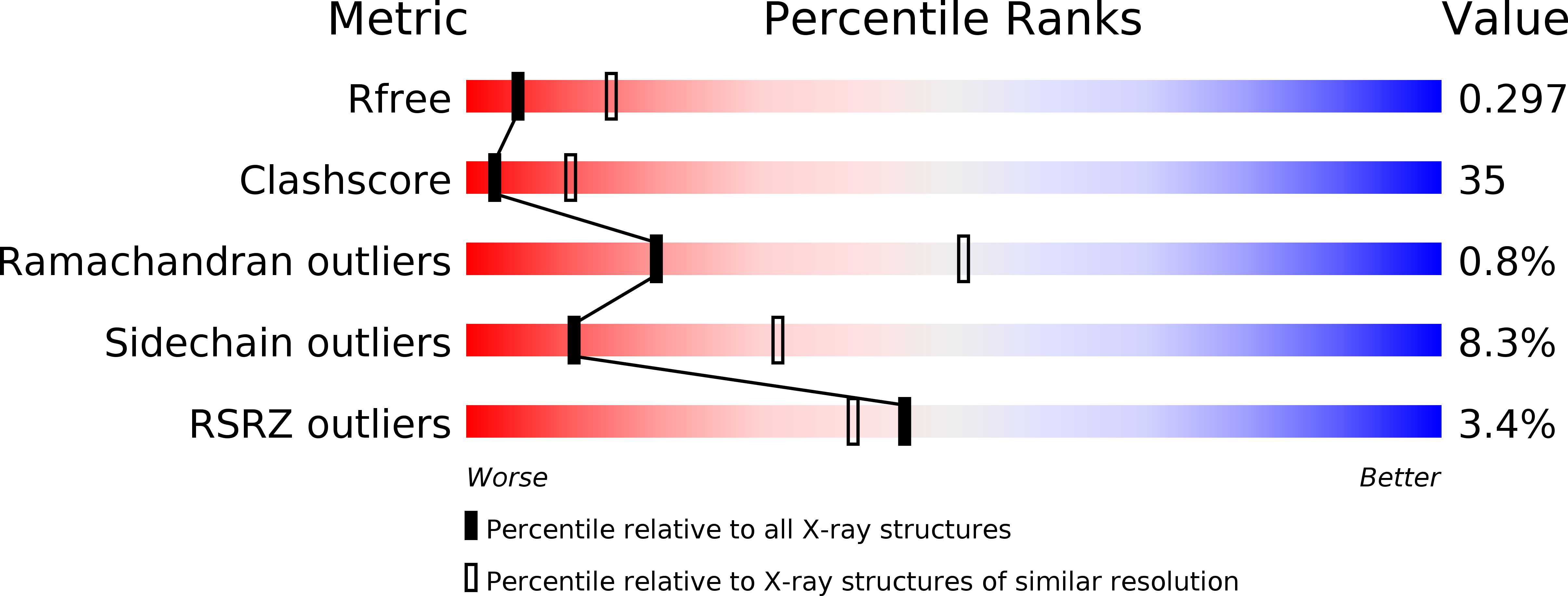
Deposition Date
2008-02-20
Release Date
2008-06-24
Last Version Date
2024-11-20
Entry Detail
PDB ID:
3CAP
Keywords:
Title:
Crystal Structure of Native Opsin: the G Protein-Coupled Receptor Rhodopsin in its Ligand-free State
Biological Source:
Source Organism:
Bos taurus (Taxon ID: 9913)
Method Details:
Experimental Method:
Resolution:
2.90 Å
R-Value Free:
0.26
R-Value Work:
0.22
R-Value Observed:
0.23
Space Group:
H 3


